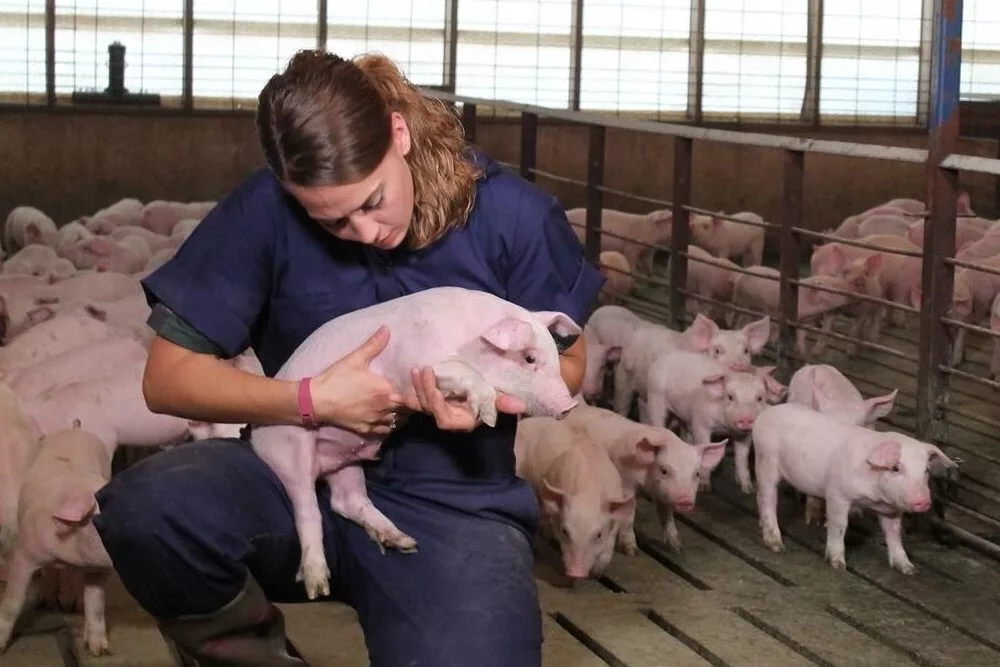Your browser doesn’t support HTML5 audio
$62 billion is how much the U.S. pork industry contributes to the American economy. That’s according to the latest Economic Impact Report from the National Pork Producers Council (NPPC).
“It’s an interesting report because we look not just at the farm level, but we estimate the impact that arises from purchasing inputs from other industries, and then the added value that comes from marketing those pigs at the packing and processing level,” explained NPPC economist Holly Cook.
According to the report, in 2023, more than 60,000 U.S. pork producers marketed more than 149 million hogs valued at more $27 billion in gross cash receipts. The sales generated from hog marketings and pork processing support a total economic contribution of more than $37 billion in personal income, $62 billion in value added (GDP), and more than 573,000 jobs in the U.S. economy.
The NPPC says the pork industry generates significant economy activity through its purchase of inputs. Feed inputs account for an estimated 52 percent of total U.S. production costs. They say other costs include equipment, buildings, land, utilities, trucking, and labor.
Despite those high numbers, Cook says compared to the previous report year of 2021, 2023 was a difficult year.
“A lot of negative profit margins and by some accounts, one of the worst years that we’ve had ever. So, it’s certainly not surprising to see a little bit of a reduced impact there just given those things as well as an inflationary environment where the incomes that are earned in some of these industries maybe aren’t going as far and generating more impacts,” she said. “But it’s still certainly a very resilient industry and still very significant numbers despite all of those challenges.
Meanwhile, the 2022 USDA-NASS Census of Agriculture shows that the number of farms raising hogs has declined but the number of hogs per farm has increased.
Click HERE to read the full report.

